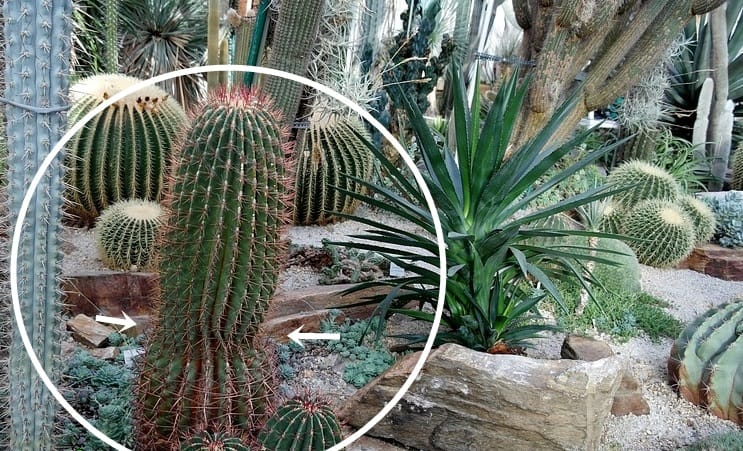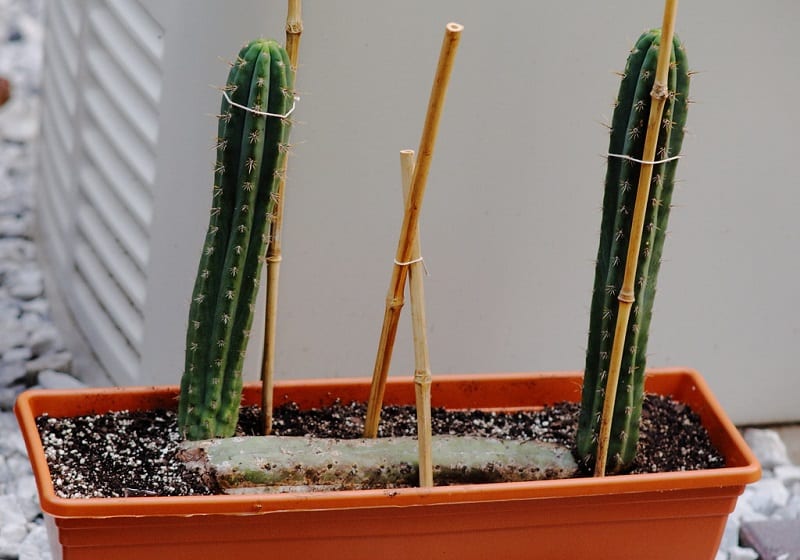Cactus Alert: How to Stop Your Cactus from Falling Over
Cacti, just like any other plants, have a natural instinct to seek sunlight. This can often result in them leaning or even twisting, which can not only ruin their appearance but also jeopardize their health. If you’re eager to learn how to straighten a cactus effectively, it’s important to choose the right technique that suits your crooked plant. Additionally, we’ll explore the common causes of this issue as it usually indicates an underlying problem.
Working with cacti requires a bit more attention compared to other plants. Don’t forget to protect yourself by wearing gloves to prevent any punctures or injuries. It’s also worth noting that cacti come in various captivating forms, with some growing in unique and crooked ways or even lying close to the ground.

Why is Your Cactus Falling Over?
As mentioned earlier, cacti have a natural tendency to search for sunlight, which can cause them to develop undesirable shapes while seeking the light. It’s important to understand that straightening a crooked cactus can become more challenging the longer we wait, as their bodies become harder and less flexible.
In addition to growing crooked, you may also notice your cactus becoming thinner in certain areas. This thinness is a clear sign of insufficient sunlight and indicates that your cactus needs to be relocated to a sunnier spot.

What to Do if Your Cactus is Falling Over?
Firstly, assess whether other plants are blocking the light from reaching your cactus. If that’s the case, find a location where it can grow without any competition for sunlight. Transplanting it to a spot where it receives direct sunlight is crucial. Occasionally rotating the pot can also encourage straighter growth.
Straightening a cactus can vary in difficulty depending on the age of the plant. For young cacti, you’ll need to find an appropriate stake that matches their size. Carefully position the stake, as the cactus will grow in the direction it’s oriented. Make sure the stakes are straight and parallel to the cactus, securing them with tape or rope.

Choosing the right material to secure the cactus and stake is vital. You can find specific products for this purpose on the market, or you can improvise with other suitable supports. Whatever you choose, ensure that it won’t harm the cactus. Keep in mind that as the cactus widens, you’ll need to loosen the grip slightly to avoid causing damage or creating indentations.
If your cactus has been crooked for an extended period and has already matured, your best approach is to place the stakes as securely as possible and gradually adjust their position as the plant corrects its shape.
In extreme cases, when all other options have been exhausted, you can consider cutting a straight piece from the tip of the cactus and directly planting it in the ground. Although it should be a last resort, as cacti typically take many years to grow, this method offers a new opportunity to have a straightened cactus.
